There’s something magical about stepping into your backyard and picking fresh ingredients that add a touch of France to your meals. If you’re drawn to the flavors of French cuisine, growing these French vegetables and herbs at home can bring both beauty and utility to your garden.
Many of them thrive in containers, raised beds, or small patio spaces, so you don’t need a large plot to get started. Some are delicate and aromatic, while others are hardy and productive, making them a perfect mix for beginner and seasoned gardeners alike.
By growing your own French garden, you not only save money but also experience the joy of harvesting flavorful ingredients just steps from your kitchen. Let’s explore which French favorites might be the perfect fit for your garden.
#1 Chard
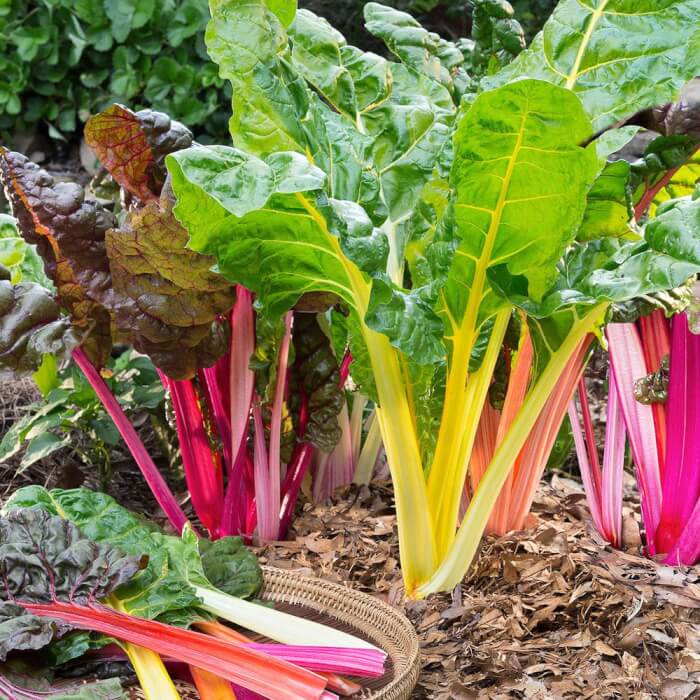 Source: Homedepot
Source: Homedepot
Chard is a French favorite known for its vibrant stalks and soft, earthy leaves. Young leaves add a mild, tender crunch to salads, while the mature greens are ideal in sautés or soups.
It grows well in rich, moist soil and can handle both sun and partial shade. You might notice it bouncing back quickly after harvest, making it a reliable crop throughout the season.
Add compost before planting to boost leaf production. Keeping the soil evenly moist helps it thrive.
#2 Thyme
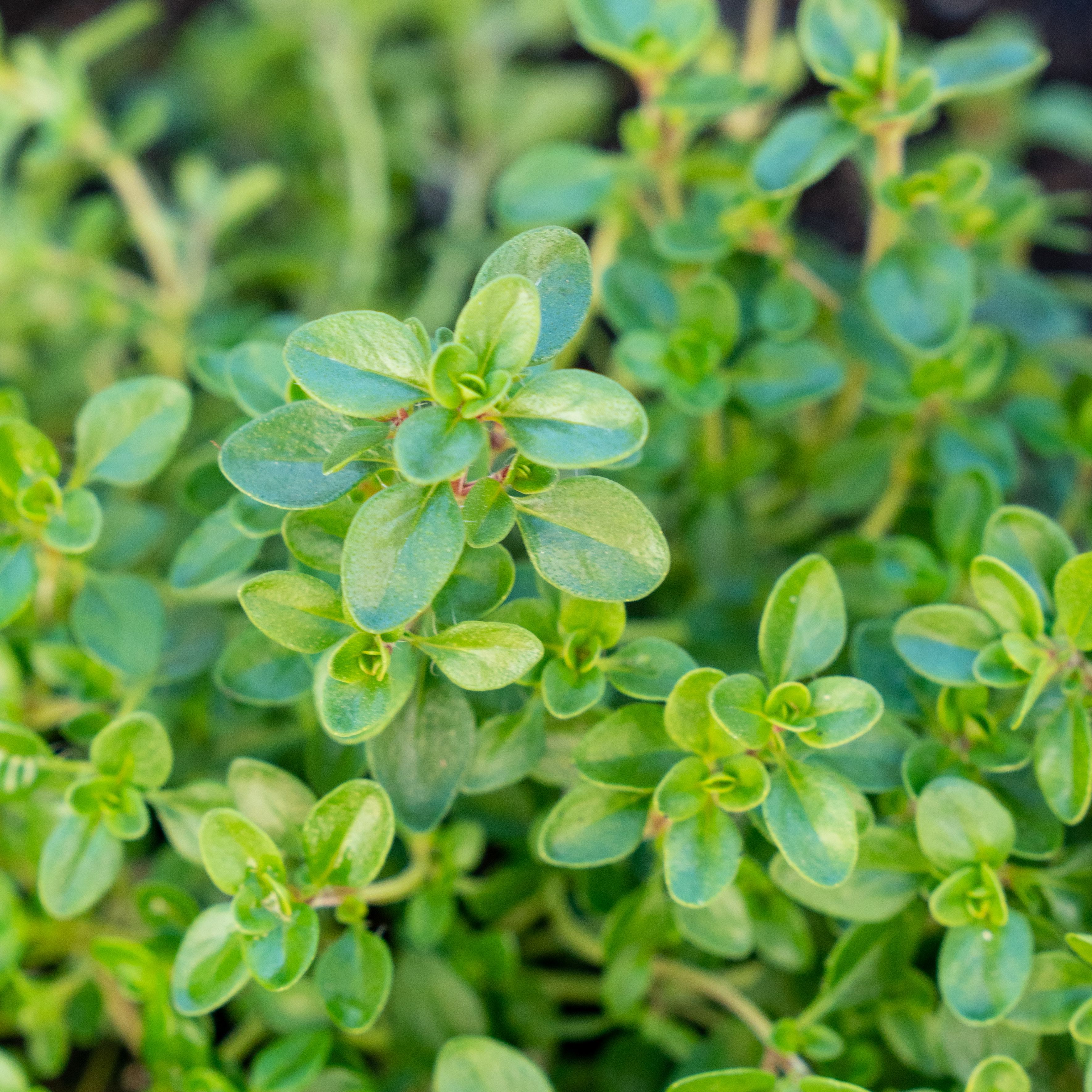 Source: Thespruce
Source: Thespruce
Thyme brings a subtle, woody flavor that pairs beautifully with roasted dishes and slow-cooked sauces. It doesn’t need much attention once established and prefers dry, sandy soil in a sunny spot.
In cooler climates, it might struggle with winter chill, but it’s perfect for containers you can move indoors. Starting with cuttings or small nursery plants gives you a head start. Let the soil dry slightly between waterings for the best flavor.
#3 Parsley
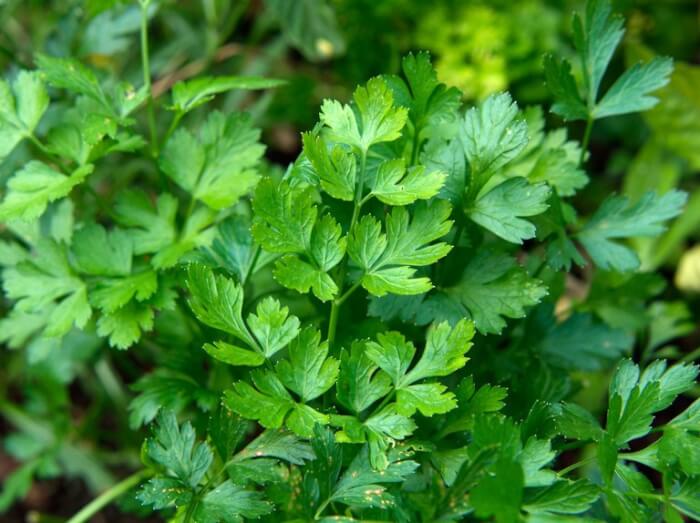 Source: Gardenersworld
Source: Gardenersworld
Parsley offers more than just a garnish; it’s rich in fresh, green flavor and surprisingly easy to grow. It does well in full sun or part shade and doesn’t mind a container if you’re low on space.
With a little water and well-draining soil, it grows steadily through much of the year. You can snip the outer stems as needed without hurting the plant. Choose flat-leaf varieties if you’re cooking often they carry more flavor than curly types.
#4 Asparagus
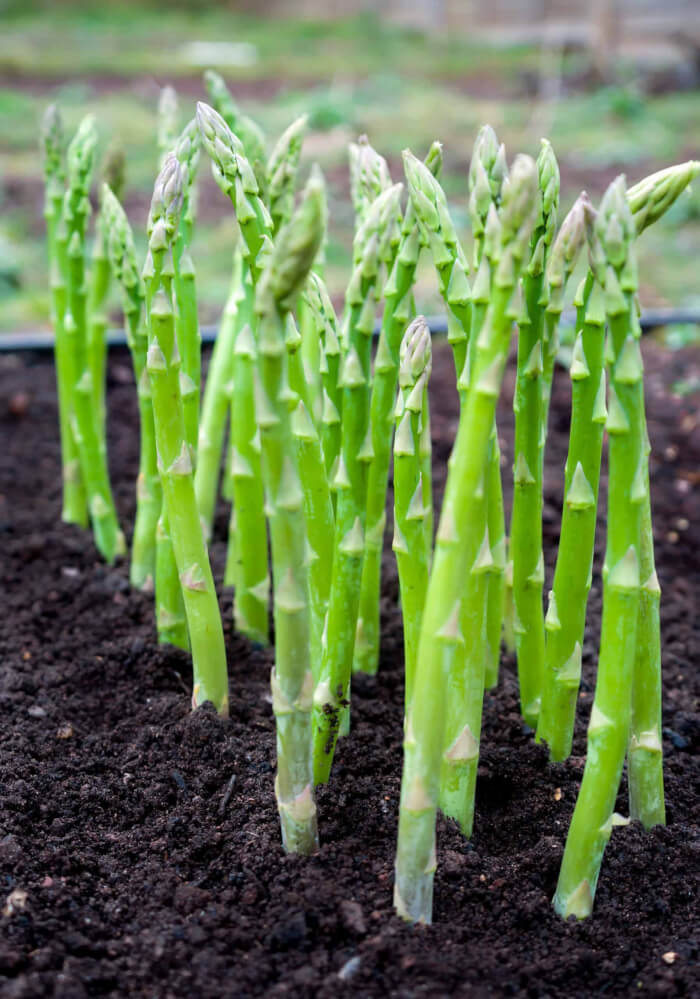 Source: Harvesttotable
Source: Harvesttotable
Asparagus takes patience, but rewards you for years once it’s settled. Each spear bursts with a nutty, green flavor that tastes best fresh from the garden. It needs loose, sunny soil and some time to establish deep roots.
You’ll want to hold off on harvesting in the first year to let the crowns grow strong. Mulch around the base to keep moisture in and weeds out.
#5 Chervil
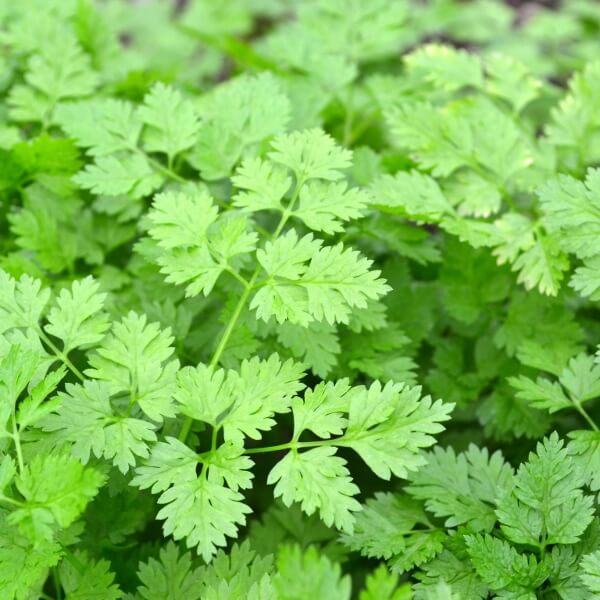 Source: Rocketgardens
Source: Rocketgardens
Chervil is a gentle herb with hints of anise and a soft, leafy texture that works well in salads or as a garnish. It grows best in shady spots with moist, fertile soil.
Because it prefers cool conditions, it’s ideal for spring or early fall planting. Direct sowing often works better than transplanting since it dislikes being moved. Water regularly to keep its delicate leaves from wilting.
#6 Fennel
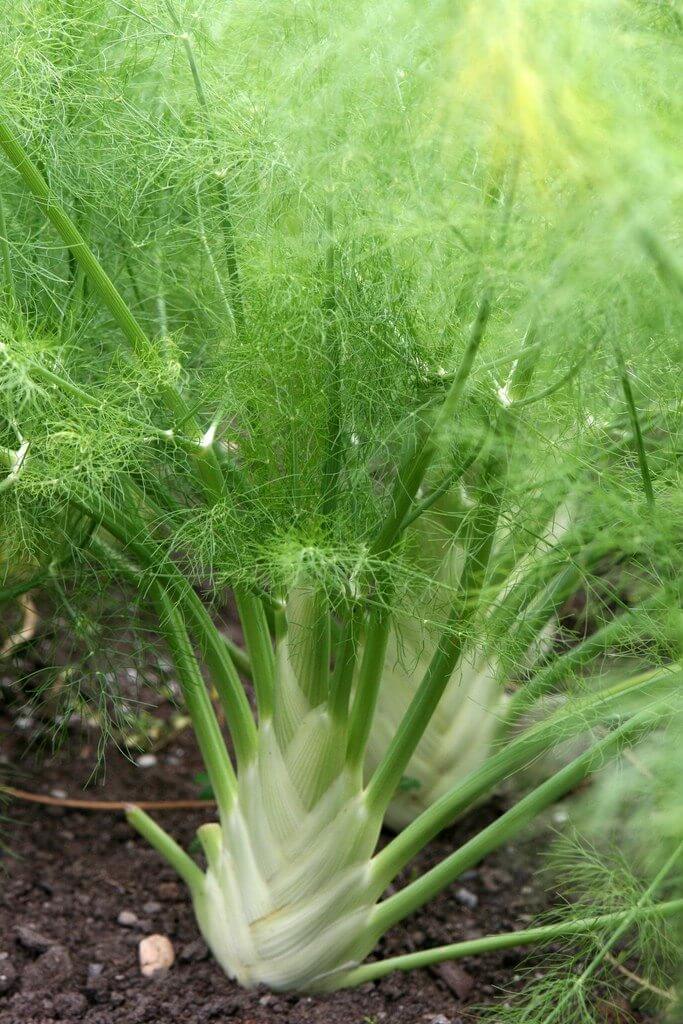 Source: Gardeningknowhow
Source: Gardeningknowhow
Fennel adds a sweet, licorice note to any dish and brings lovely feathery foliage to your garden beds. It likes sunny conditions and well-draining soil, growing easily from seed.
You can use both the bulb and the leaves in the kitchen, so it’s a versatile crop. Space your plants to allow the bulb room to form. Keep an eye on the watering, especially in dry periods.
#7 Oregano
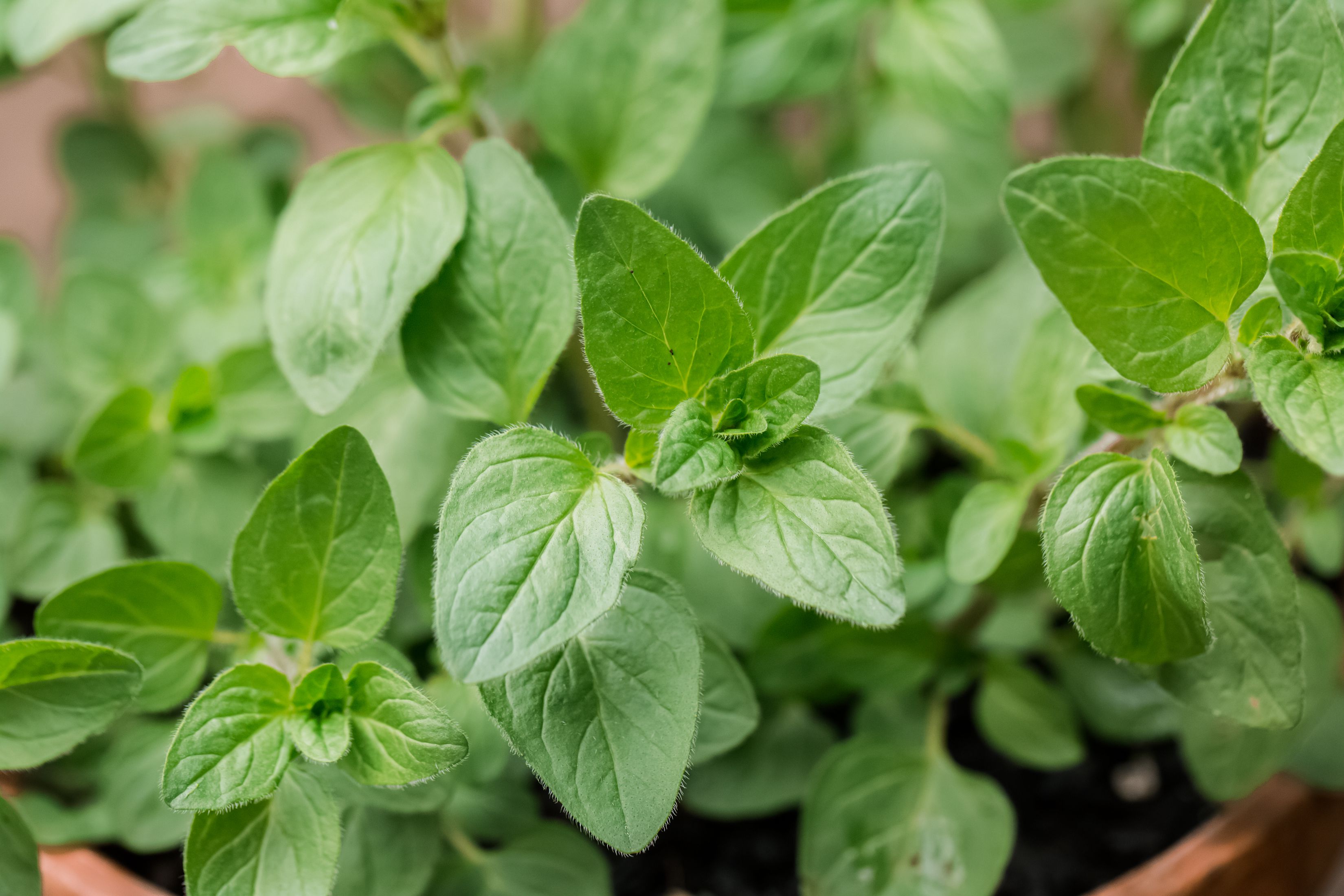 Source: Thespruce
Source: Thespruce
Oregano gives your garden a boost of flavor and your dishes a punch of herbal goodness. It’s a tough little plant that thrives in poor, dry soil and full sun.
With minimal watering, it grows low and bushy, ideal for container edges or herb borders. Trim it often to encourage new, fragrant growth. If winters are cold in your area, consider bringing a pot indoors.
#8 Marjoram
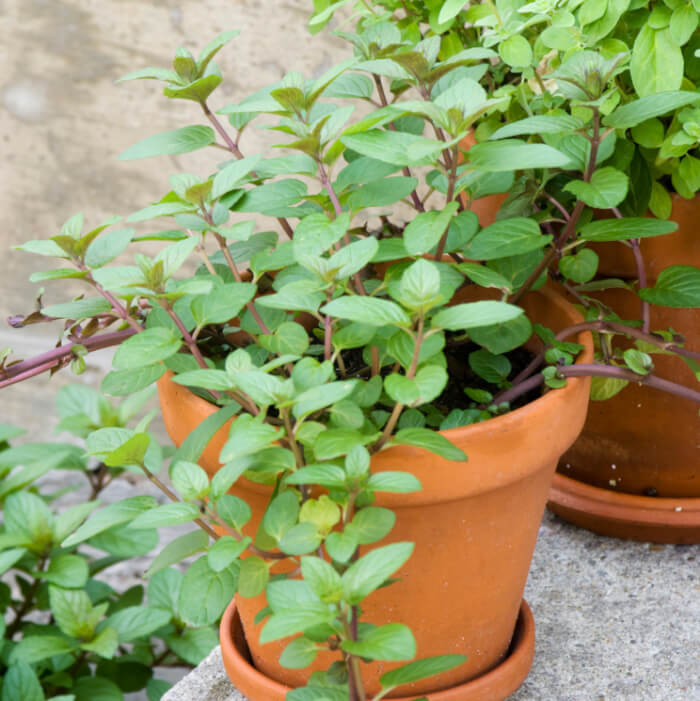 Source: Oscseeds
Source: Oscseeds
Marjoram has a warm, floral scent and attracts beneficial insects that help pollinate your garden. It’s easygoing and doesn’t ask for much, just a sunny spot and a little water now and then.
The flavor is milder than oregano, making it great for light dishes and dressings. Starting it from seed or transplants works well in most zones. You’ll enjoy both the aroma and the soft greenery it adds to your space.
#9 Carrots
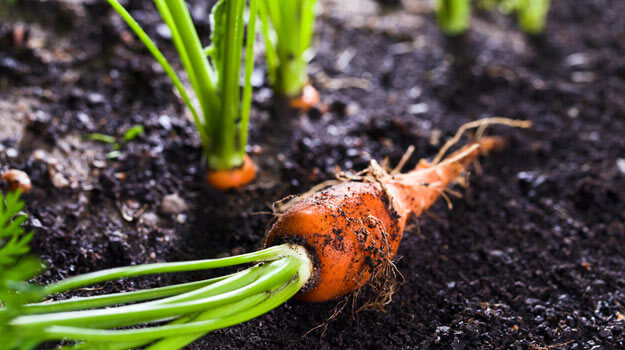 Source: Promixgardening
Source: Promixgardening
Carrots are a garden classic, and French varieties often grow shorter and sweeter, perfect for snacking or roasting. They prefer cool temperatures and soft, loose soil to stretch their roots.
Raised beds or deep containers give them the best shot at growing straight and smooth. Water consistently to prevent cracking. Thin the seedlings early to help the roots develop properly.
#10 Basil
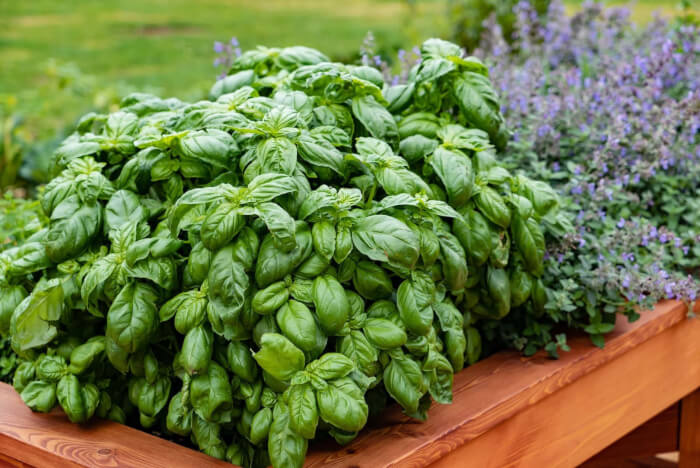 Source: Farmersalmanac
Source: Farmersalmanac
Basil thrives in warm weather and adds a bright, peppery flavor to everything from salads to sauces. French basil types tend to be smaller-leafed and very fragrant.
It grows best in sunny, sheltered areas with good drainage. Pinch off flowers as they appear to keep the plant producing flavorful leaves. Regular harvesting encourages bushier growth and a better yield.
#11 Rosemary
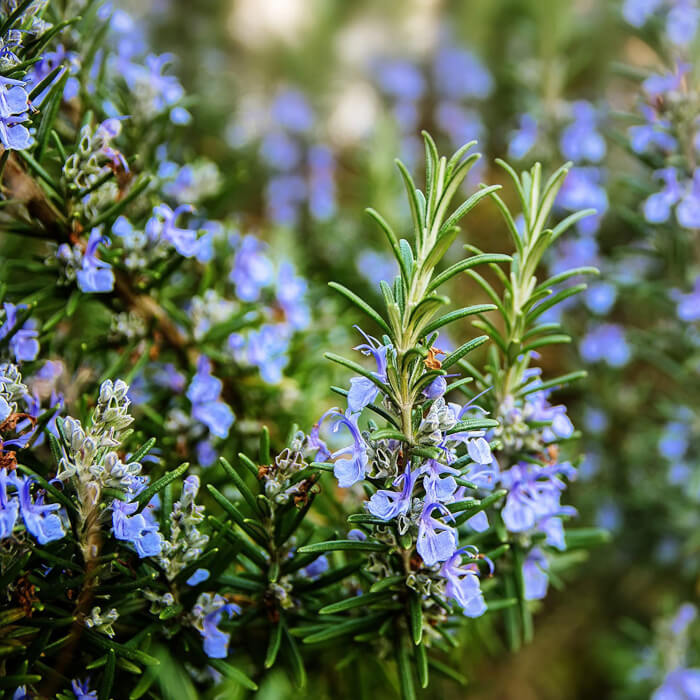 Source: Walmart
Source: Walmart
Rosemary brings both structure and scent to your garden with its upright stems and needle-like leaves. It prefers dry, sandy soil and lots of sunshine, making it ideal for drought-prone spots.
Once it’s settled in, it barely needs any care apart from occasional watering. In colder climates, try growing it in a pot so you can move it inside during winter. Trim back the woody stems to keep it neat and encourage new shoots.
#12 Artichokes
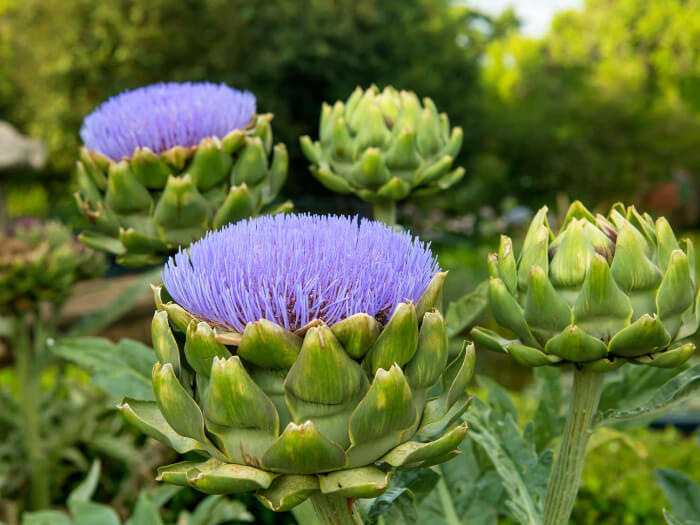 Source: Lovethegarden
Source: Lovethegarden
Artichokes look like garden sculptures with their spiky leaves and large buds. They need rich soil and space to spread, though some varieties grow compact enough for large containers.
Plant them where they’ll get full sun and plenty of water during their growing season. In cooler zones, you might treat them as annuals unless you can protect them over winter. Cut the buds before they fully open to enjoy the best texture and flavor.
#13 Onions
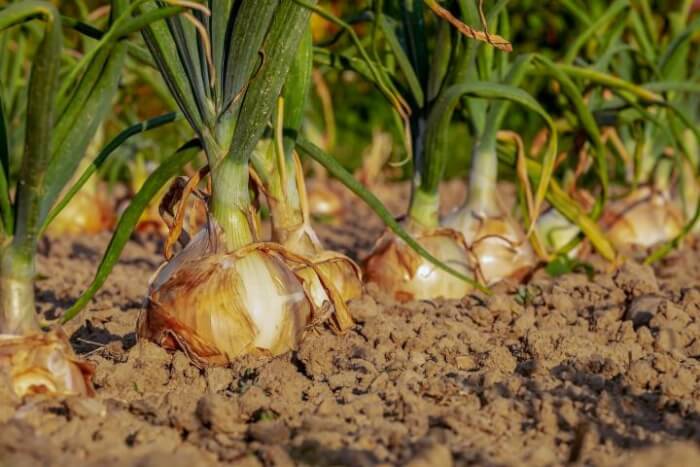 Source: Almanac
Source: Almanac
Onions are easy-going but need some time to mature fully. French types like shallots or sweet red onions are full of flavor and store well.
They enjoy full sun and loose, fertile soil that drains well. Plant them early in the season to give them a long growing window. Water when the soil feels dry, especially during hot spells.
#14 Savory
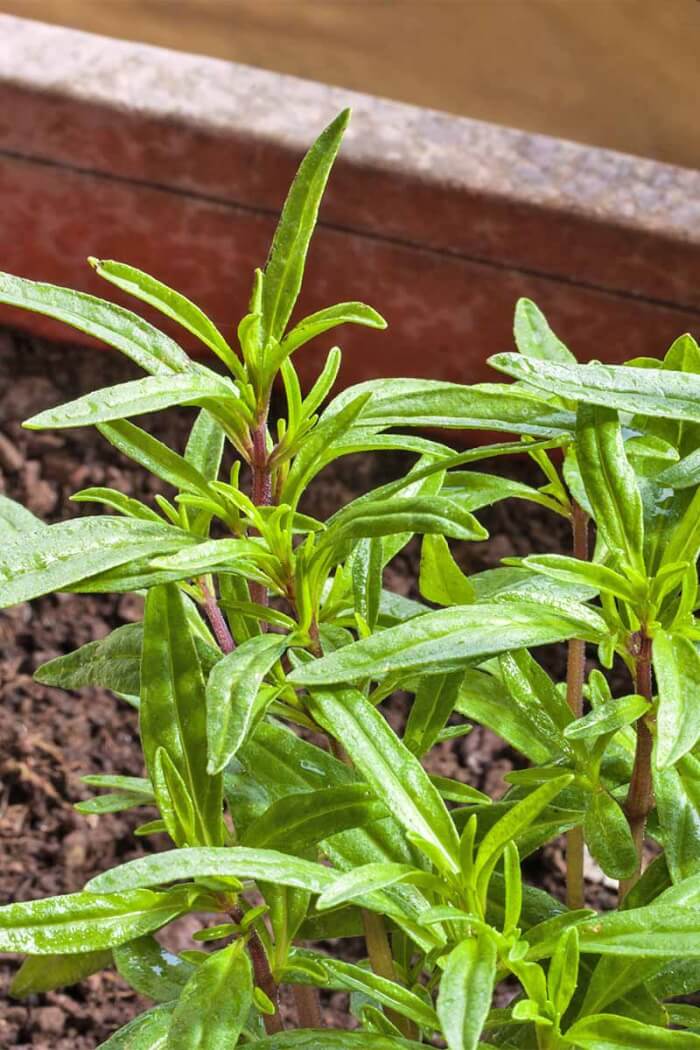 Source: Gardenerspath
Source: Gardenerspath
Savory offers a spicy, peppery note that brightens up meats, beans, and stews. Summer savory grows quickly as an annual, while winter savory is a hardy perennial.
Both types like full sun and well-drained soil with minimal watering. They’re compact enough for herb pots or window boxes. Regular trimming keeps the flavor sharp and encourages more leafy growth.
#15 Tarragon
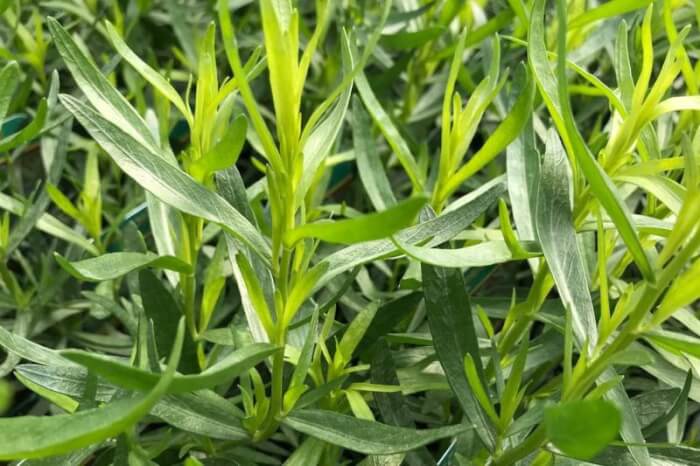 Source: Ashridgetrees
Source: Ashridgetrees
Tarragon adds a distinct anise-like note that’s central to French cooking. It prefers light, slightly dry soil and a warm, sunny spot to flourish.
French tarragon doesn’t grow well from seed, so it’s best started from cuttings or root divisions. Keep the plant trimmed to prevent it from getting woody. Dry the leaves at season’s end to enjoy the flavor year-round.
#16 Chives
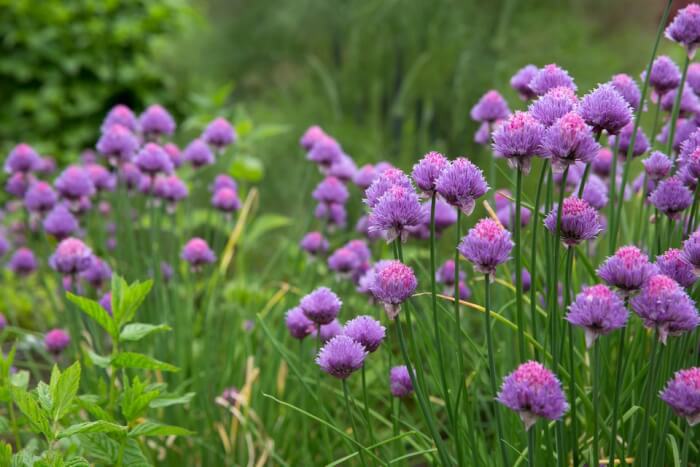 Source: Gardenersworld
Source: Gardenersworld
Chives are cheerful and practical, adding a gentle onion flavor to just about anything. They like rich soil and plenty of sunlight, but adapt well to partial shade.
Snipping the green stalks regularly helps them grow fuller. Their purple blooms attract pollinators and look beautiful in borders. With a little watering and compost, they keep going strong all season.
#17 Celery
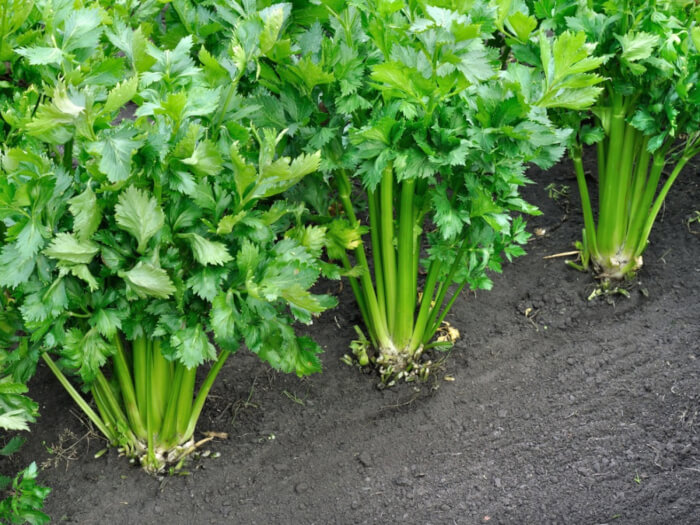 Source: Gardeningknowhow
Source: Gardeningknowhow
Celery needs time and attention, but pays off with crisp, flavorful stalks. It loves moisture and rich, well-draining soil, so consistent watering is key.
A spot with at least 6 hours of sunlight each day helps it grow tall and tender. Adding mulch can help retain soil moisture and regulate temperature. Blanching the stalks before harvest gives them a milder taste.
#18 Bay
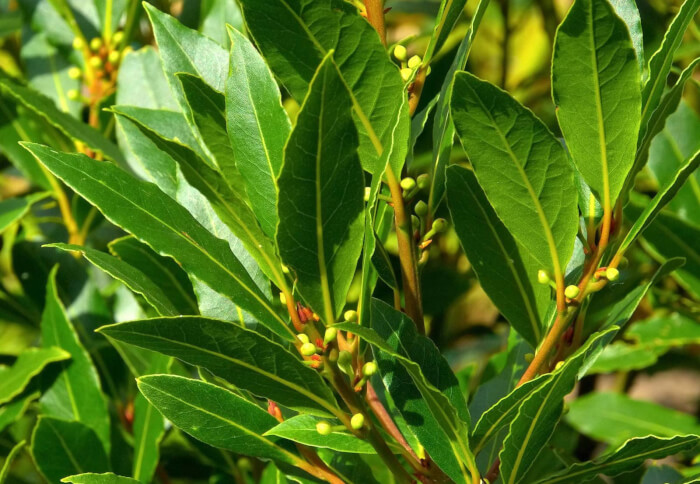 Source: Britannica
Source: Britannica
Bay is a slow-growing shrub with glossy leaves that bring depth to soups and stews. It enjoys full sun and sandy, well-drained soil.
Though it grows slowly, it’s evergreen and stays useful year-round. It can be trimmed into a neat shape, making it a great candidate for containers. Let the leaves dry before using them in cooking for the best aroma.
#19 Leeks
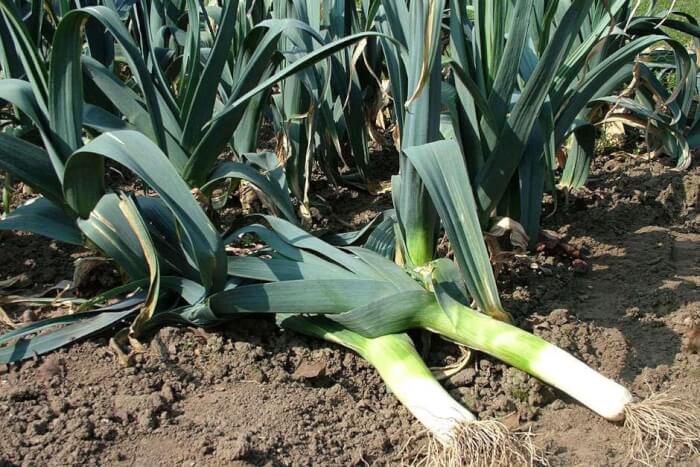 Source: Rhs
Source: Rhs
Leeks have a sweeter, more delicate taste than onions and are a staple in French soups and stews. They enjoy cool, damp conditions and benefit from deep planting to form long white stalks.
Rich, composted soil and consistent watering keep them healthy. Hilling soil around the stems helps blanch them naturally. Harvest when they’re thick and sturdy for the best flavor.
#20 Lavender
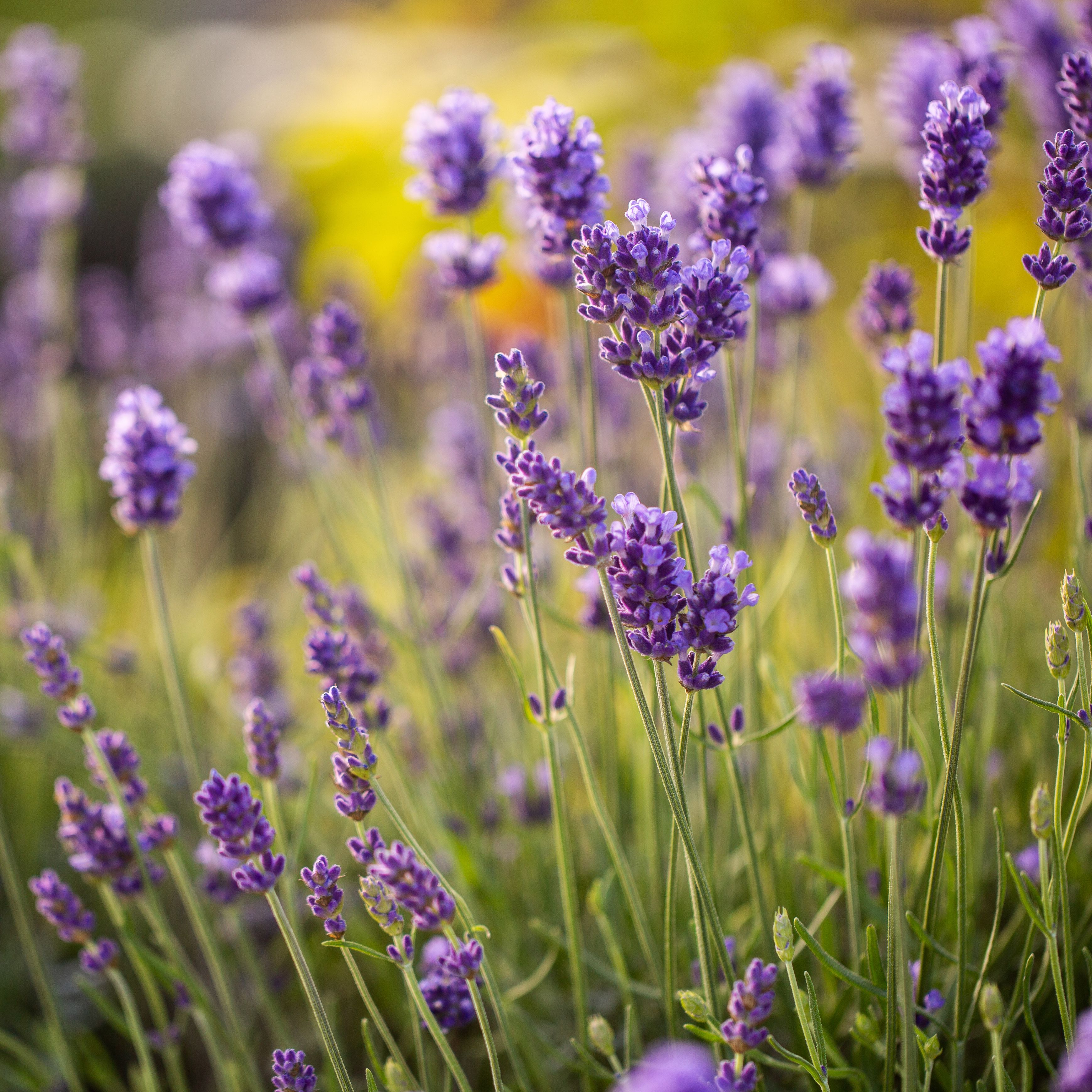 Source: Thespruce
Source: Thespruce
Lavender brings a dreamy scent and calming presence to your garden. It thrives in sunny, well-drained spots and doesn’t mind poor soil.
The silvery-green foliage and purple blooms are a treat for both you and visiting bees. Keep it trimmed to prevent it from getting woody. Dry the flowers for teas or homemade sachets.
#21 Celeriac
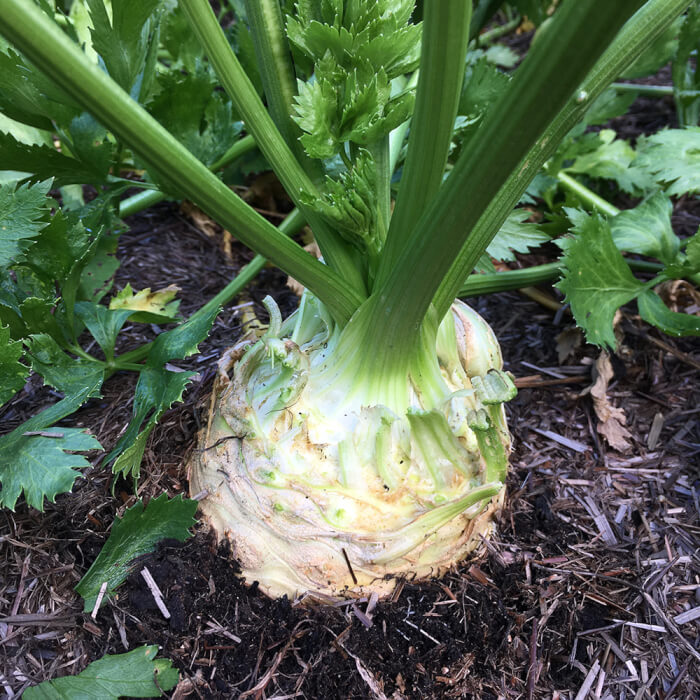 Source: Rocketgardens
Source: Rocketgardens
